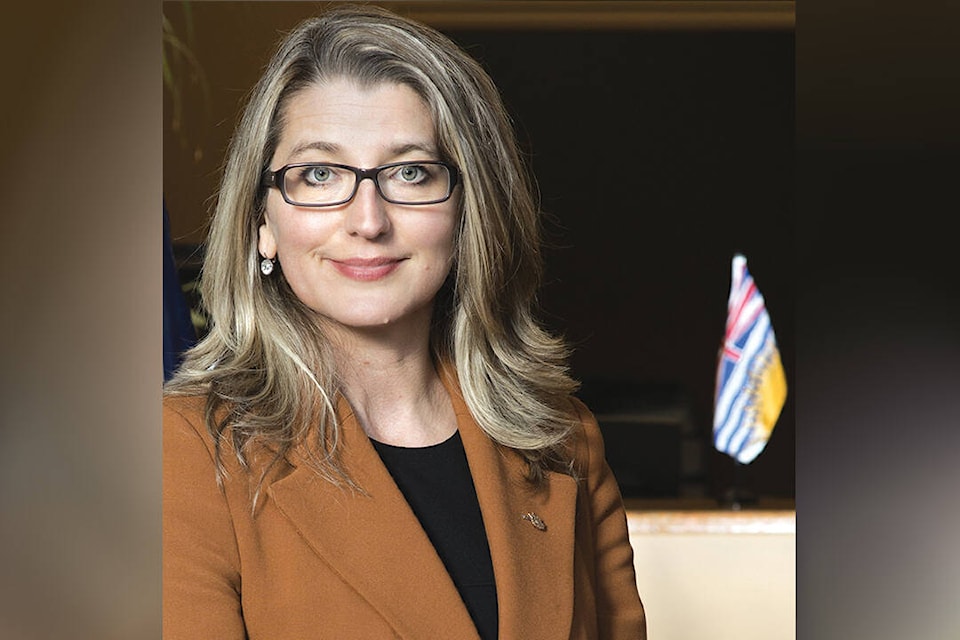By Lana Popham
Minister of Agriculture and Food
As we approach the 50th anniversary of the creation of B.C.’s Agricultural Land Reserve, the discussions around this land-use tool remain passionate. From the get-go there has been controversy, but the validity of the intent of this reserve, to preserve food growing lands for generations and to encourage farming, has been proven repeatedly, but never more definitively then over the past two years.
We import more food than we produce, and for decades there has been a focus on providing food for trade rather than providing food for ourselves. This focus can be managed when everything is working smoothly – when export markets don’t see shutdowns, when transportation routes are working seamlessly, and when we have people filling jobs that support this type of system.
But that has not been the case.
We’ve faced grave and unprecedented challenges. Pandemic-related supply chain issues and climate-change-caused weather events both proved deadly to our food supply. We’ve been frightened by these events, which have exposed weaknesses and fragility in a food system that we increasingly depend on. The words “food security,” food resiliency,” and self-sufficiency” have never been more relevant.
Since 2017, the B.C. Agriculture Ministry has shifted priorities to focus on expanding and supporting B.C. production and our domestic market. We are developing programs with a conscious effort to make sure our house is in order so that we can feed ourselves. This is not to say that we are turning away from international opportunities, but work is being done to solidify our own food resilience so that our supply remains stable in times of crisis.
Our B.C. Agricultural Land Reserve gives us an advantage as we forge ahead to create a more robust and durable way of feeding ourselves, while at the same time creating opportunities to feed others.
Our landscape is unique which allows for diverse growing regions that can produce different primary goods. This is our strength. We produce over 200 land-based products on these lands we have put aside. This is on top of traditional foods, like wild mushrooms and salmon berries, that have been harvested for millennia by First Nations.
This separation of production areas in the Agricultural Land Reserve is a strength we can develop, but this separation was also alarming as we saw regions cut off from each other, resulting in food not being able to move freely throughout our province.
Pinch points in our current system demonstrated the need to develop resiliency more fully within each region. We’ll continue to support more primary production, more farming, more regenerative production, more value-added processing, more regional purchasing, and more regional procurement. Establishing vigorous, sustainable, food systems within our province allows us to withstand times of disruption while stimulating regional economic development.
Because of what we have gone through these past couple years, British Columbians have been awakened to the importance of B.C. food. We understand the value of our food producers.
We’re the envy of other jurisdictions that failed to protect their food-growing lands. As we embrace the idea of resiliency and food supply security, we can be thankful that we have these lands to fall back on. The ways we produce food are evolving, and that is reflected in how the Agricultural Land Commission balances its responsibilities to manage these lands.
Fifty years ago, leaders had the foresight to make a pledge to the future of food security by establishing an Agricultural Land Reserve. Much has changed over 50 years, but I believe this is the moment they envisioned.
Lana Popham is the MLA for Saanich South and Minister of Agriculture and Food.



